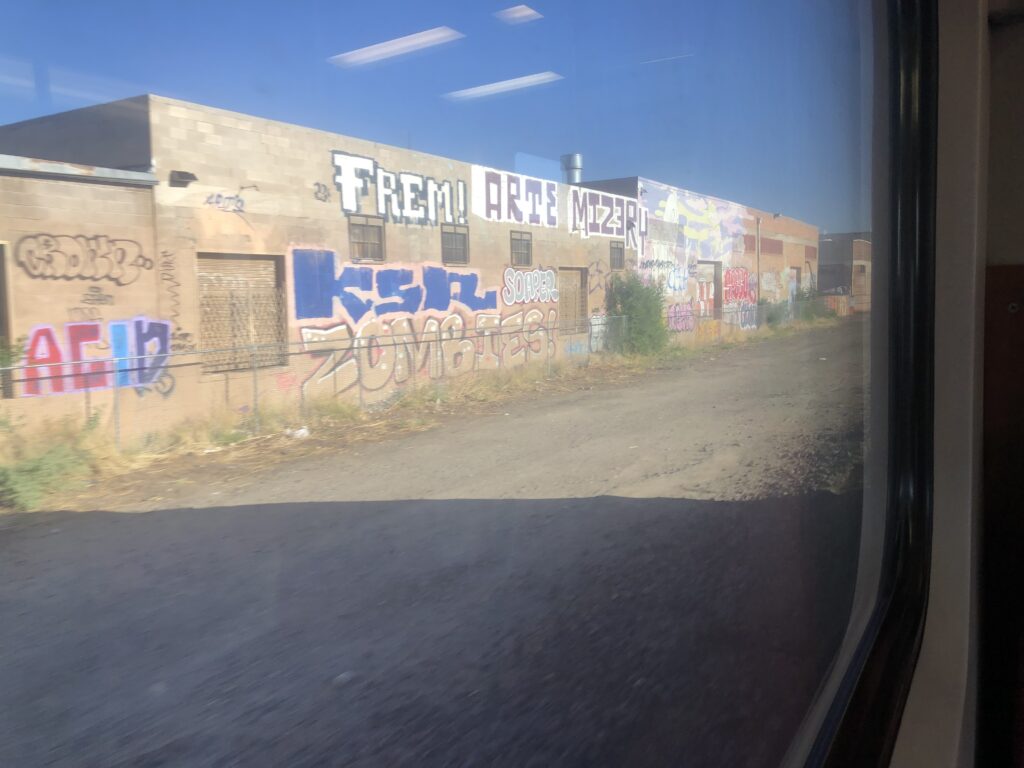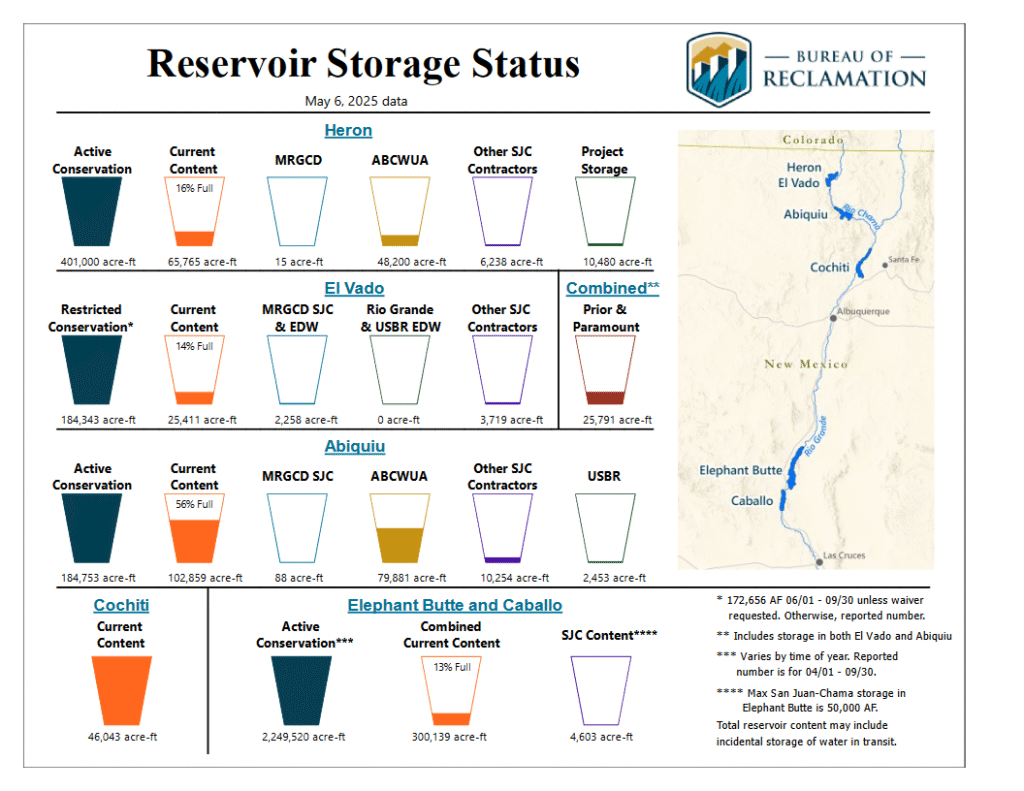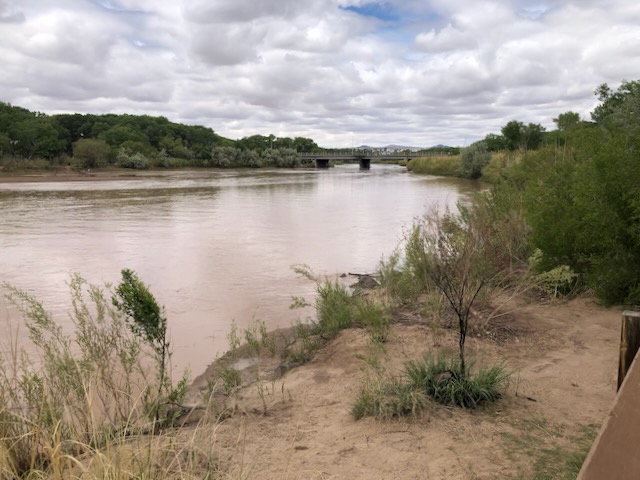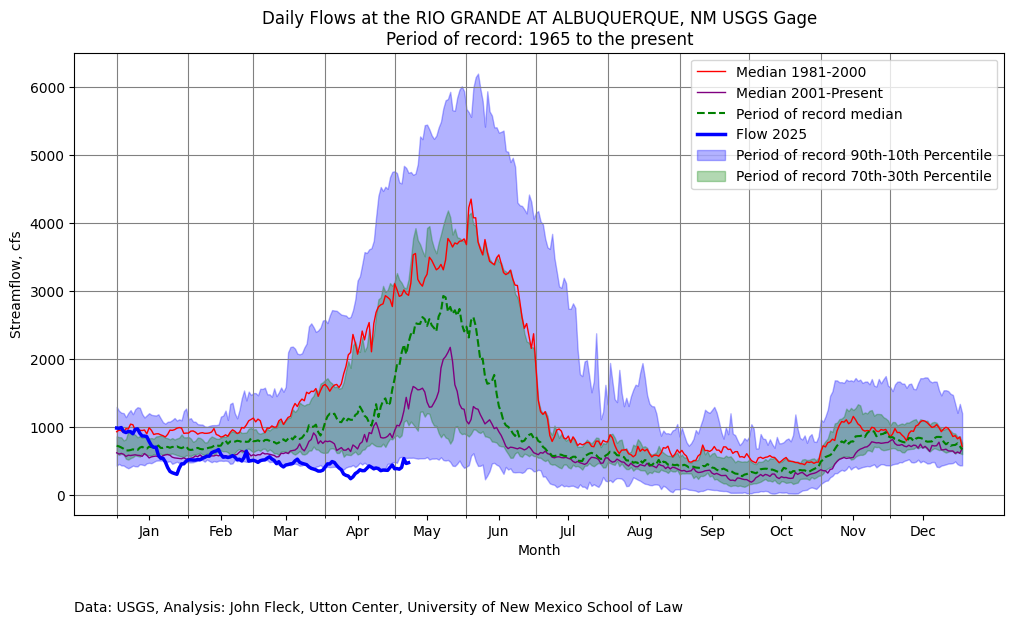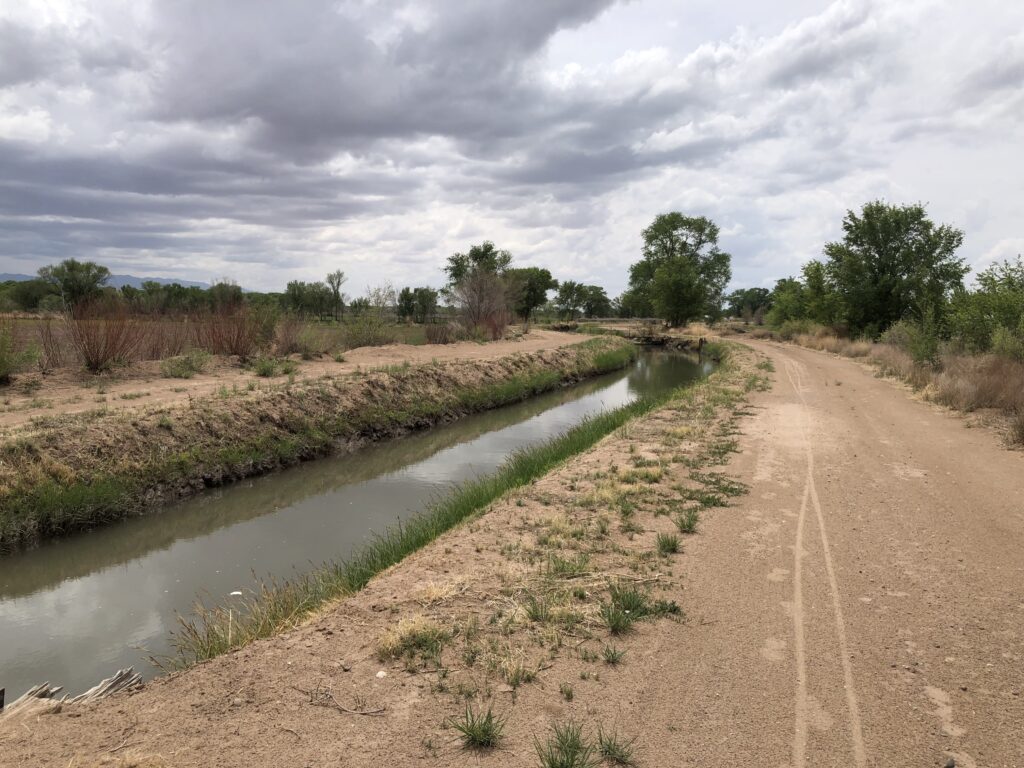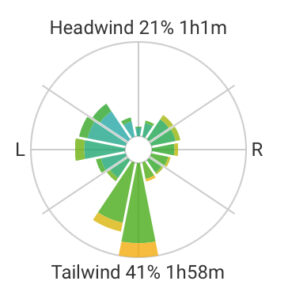The following is signed by a stunningly long list of folks:
The Colorado River Basin will feel the loss of Bob Snow with his retirement from the Solicitor’s Office at the Department of the Interior. His more than forty-year presence in the most impactful and most difficult conversations in the Basin has been both a comfort to those involved and a catalyst of judicious solutions. It is not an exaggeration to say that Bob is the most respected person of this era in the arena of western water law and policy. When the definitive legal history of the Colorado River is written, Bob Snow will be among the heroes.
Bob’s initial work as a stream gager with the U.S. Geological Survey’s Water Resources Division provided the technical basis for his deep understanding of the plumbing, capabilities, and limitations of the Colorado River system. After USGS, Bob returned to law school, earning his degree in 1994, and starting at Interior’s prestigious Honors program shortly thereafter. During his legal career, Bob has demonstrated an incredible ability to consider and honor the interests of the whole basin and all its various constituent parts, always ensuring that his clients’ interests were protected. He knows the history and the legal structure in such detail that he can think through the consequences of various proposals, whether intended or not. He has been adept in finding ways to thread the needle – to get both sides of a controversy what they need and what they want. As a result, he has proven to be amazingly effective at crafting compromises, a trait much admired and valued by his colleagues. Bob’s career epitomizes the ideal of a federal public servant working effectively with federal administrations and state governments of both parties, never looking to take credit for himself.
Many of the agreements, programs, and institutions the Colorado River community relies on today bear the mark of Bob Snow. The 2007 Guidelines, the Lower Basin Multi-Species Conservation Program, the Glen Canyon Dam Long Term Experimental and Management Plan and High Flow Experiment Protocol, and various Memoranda of Understanding regarding conservation of water are just some of the many important advances that were forged with his guidance.
Bob’s influence in the U.S. relationship with Mexico on the Colorado River cannot be overstated. He became close personal friends with the officials in the U.S. and Mexican section of the International Boundary and Water Commission, not only the commissioners, but also the secretaries, engineers, and other staff, earning the nickname Señor Nieve. He was a close confidant of the late great Commissioner Roberto Salmón Castelo. He helped to craft the seminal minutes between the countries that assisted Mexico after the devastating earthquake in the Mexicali Valley in 2010 and in which Mexico agreed to share in the reductions in water deliveries absorbed by the Lower Basin states in the U.S. He was also instrumental in the implementation of the 2014 pulse flow, sending fresh water to the Colorado River Delta for the first time in decades.
But for all of these and many other outstanding professional achievements, Bob will be remembered most for his friendship and camaraderie. To paraphrase Maya Angelou, people may forget what he said, people may forget what he did, but people will never forget how he made them feel. Bob genuinely listened to everyone with whom he interacted and made them feel important and valued. He forged lasting and meaningful personal relationships with so many in the Colorado River community, and those relationships will long outlast his retirement.
Bob is a lover of well-written books, Hatch green chiles, multiple baseball teams, excellent mole, and all kinds of rock music. He is a fierce and devoted friend, mentor to many of us in the Basin and elsewhere, and incredibly generous with his time. He has anecdotes from rock concerts and Mexican restaurants over the past five decades in all parts of the country that leave his listeners rolling on the floor with laughter. From all his friends in the Colorado River Basin, we wish Bob the best and most fun retirement ever. We hope and expect that he will continue to contribute to the overall sustainability of the Colorado River and know that he will continue to be part of our lives.
From your friends,

